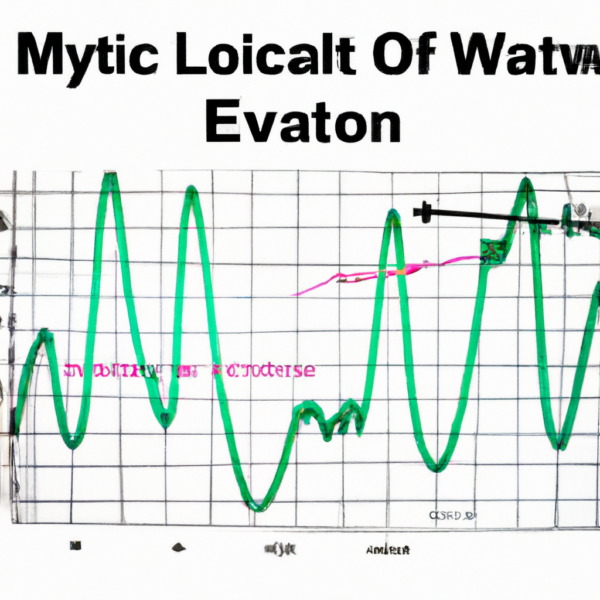Elliott Wave Analysis Methods: A Comprehensive Guide for Traders

Elliott Wave Analysis Methods: A Comprehensive Guide
Introduction
Elliott Wave analysis is a powerful tool used by traders and investors to forecast potential market trends. Developed by Ralph Nelson Elliott in the 1930s, this method is based on the belief that financial markets move in repeating patterns, which can be identified and analyzed to predict future price movements.
Understanding the Elliott Wave Principle
The Elliott Wave Principle is the foundation of Elliott Wave analysis. It states that market price movements are driven by a combination of five waves in the direction of the main trend, followed by three corrective waves against the trend. These waves are labeled as impulse waves (1, 2, 3, 4, 5) and corrective waves (A, B, C) respectively.
Basic Elliott Wave Analysis Steps
To perform Elliott Wave analysis, traders typically follow a set of steps:
- Identify the main trend: Determine the overall direction of the market by analyzing price charts and indicators.
- Identify the impulse waves: Look for five-wave patterns that move in the direction of the main trend. These waves are labeled as 1, 2, 3, 4, and 5.
- Identify the corrective waves: After the completion of the five impulse waves, look for three-wave patterns that move against the main trend. These waves are labeled as A, B, and C.
- Measure wave relationships: Use Fibonacci ratios and other technical tools to measure the relationships between different waves. This helps in identifying potential reversal or continuation points.
- Confirm the analysis: Validate the Elliott Wave analysis with other technical indicators, such as moving averages, oscillators, or volume analysis.
Advanced Elliott Wave Analysis Techniques
Besides the basic steps, advanced Elliott Wave analysts use additional techniques to enhance their analysis:
- Alternate wave counts: Consider multiple wave counts and alternate scenarios to account for market uncertainties.
- Wave extensions: Identify extended waves, which are larger than the typical size of a wave. These extensions often signal strong momentum and potential price targets.
- Channeling: Draw trendlines to create channels that contain the price movements. Channels provide insights into the potential support and resistance levels.
- Divergence analysis: Look for divergences between price and momentum indicators, such as the Relative Strength Index (RSI), to identify potential trend reversals.
- Time cycle analysis: Analyze the duration of each wave to identify potential turning points based on time intervals.
Limitations of Elliott Wave Analysis
While Elliott Wave analysis can provide valuable insights into market trends, it is important to acknowledge its limitations:
- Subjectivity: Interpretation of wave patterns can vary among analysts, leading to subjective analysis.
- Complexity: Elliott Wave analysis requires a deep understanding of wave structures and patterns, making it complex for beginners.
- Market noise: In volatile markets, it can be challenging to differentiate between valid wave patterns and noise.
- False signals: Like any technical analysis method, Elliott Wave analysis is not foolproof and can generate false signals.
Conclusion
Elliott Wave analysis is a valuable tool for traders and investors seeking to predict market trends. By understanding the Elliott Wave Principle and following a systematic analysis approach, one can gain insights into potential price movements. However, it is essential to consider the limitations and use Elliott Wave analysis in conjunction with other technical and fundamental analysis tools for a comprehensive market assessment.